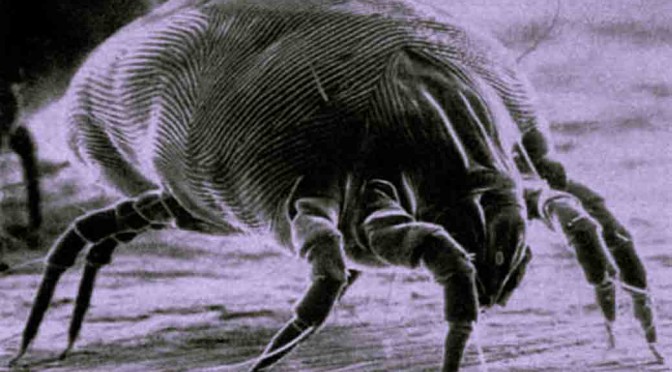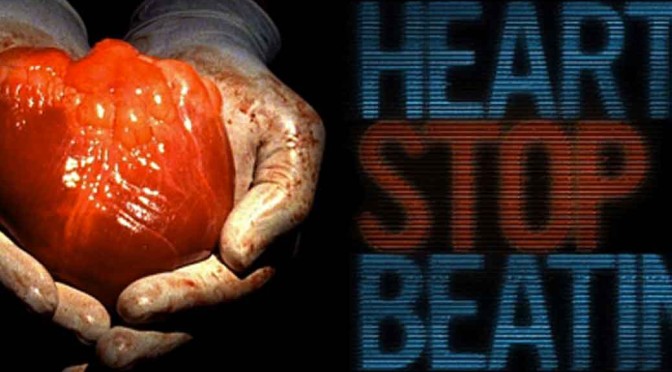By Anupum Pant
Read this for the answer to the question above
If you haven’t previously heard of the Betteridge’s law of headlines, also known as the Davis’ law or the journalistic principle, here’s what it says:
Any headline which ends in a question mark can be answered by the word no.
(Of course, you aren’t supposed to take the “law” too seriously.)
Did you see the headline for this article? So, basically you can read no further and still say – No, Cheetah still is the fastest land animal. But if you look deeper, things sure get interesting.
Absolute Speed vs. Relative Speed
To be specific, Cheetah is the fastest land animal because its absolute speed on land is the highest (112 to 120 Km per hour). When you measure absolute speed, you don’t take into account anything other than the speed. The weight or size of the animal doesn’t matter. Here, Cheetah is a clear winner.
But, when you do take into account the body length of an animal and measure the speed in terms of, number of body lengths the animal can cover in a single second, there are number of other animals that beat Cheetah by a huge margin.
Here’s a fact – When running at full speed, cheetahs can cover the length of up to 16 to 20 cheetahs in a single second. That’s pretty fast. The fastest humans on earth can do about 10 – 11 body lengths per second. [Source] Do you know what’s the fastest animal of you measure speed relative to their respective body lengths? Wait for it…
It is a mite. Yes, a tiny little 1-2 mm Californian blood sucker can cover up to 322 body lengths in a single second! Scientists just found out about it. Graphic designers who’ve used elegant cheetah silhouettes to represent speed in their graphics will have to use a tiny blood sucker now? How disappointing!
By the way, 322 body lengths in a single second of a sesame sized animal translates to just about 0.8 km per hour of absolute speed. But, imagine this. If it (the Californian mite) were the size of a human being (which it is not), it would have moved at a whopping 2,100 km per hour. I know the physics of it would have been different in case it were that big. Since it is not, we aren’t even putting in the effort to consider those details at the moment.
In case someone comes searching for the scientific name of this mite, it is called – Paratarsotomus macropalpis (I won’t remember that)
Other land animals “faster” than the Cheetah
- The Australian tiger beetle held the record before they found out about the tiny mite. The beetle can cover up to 171 body lengths in a single second.
- The household cockroach is pretty fast too. It does about 50 body lengths in a single second.
- The ghost crab can run at about 100 body lengths per second.
All of them, much “faster” than the cheetah (in relative speed). And still Cheetah always wins the race because it is absolutely the fastest land animal. Still. Please don’t trust the click bait titles like:
Cheetah beaten to title of fastest animal in the world by tiny Californian mite






